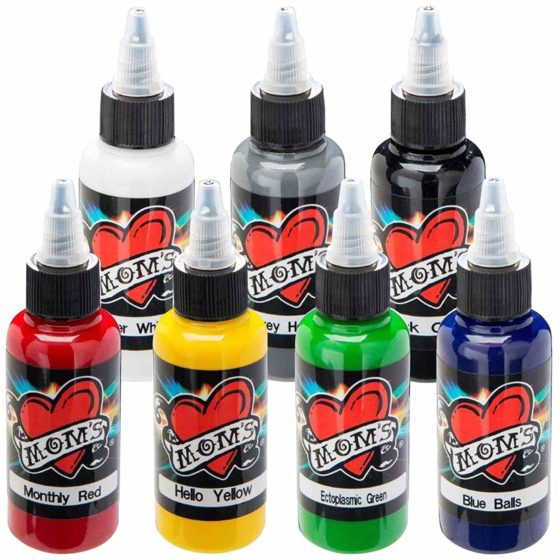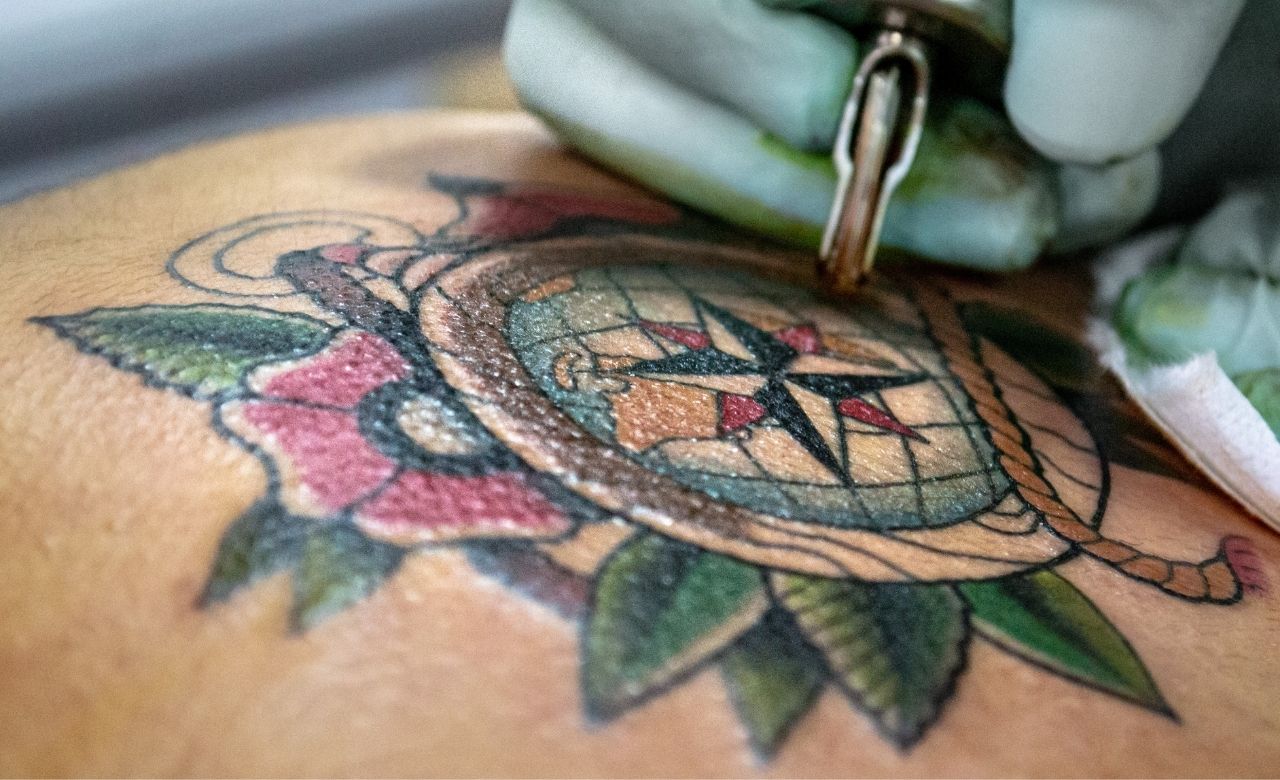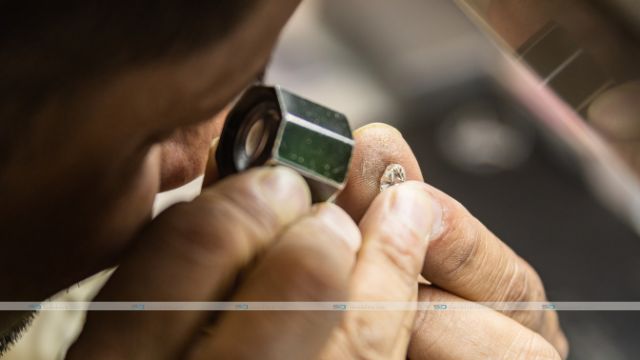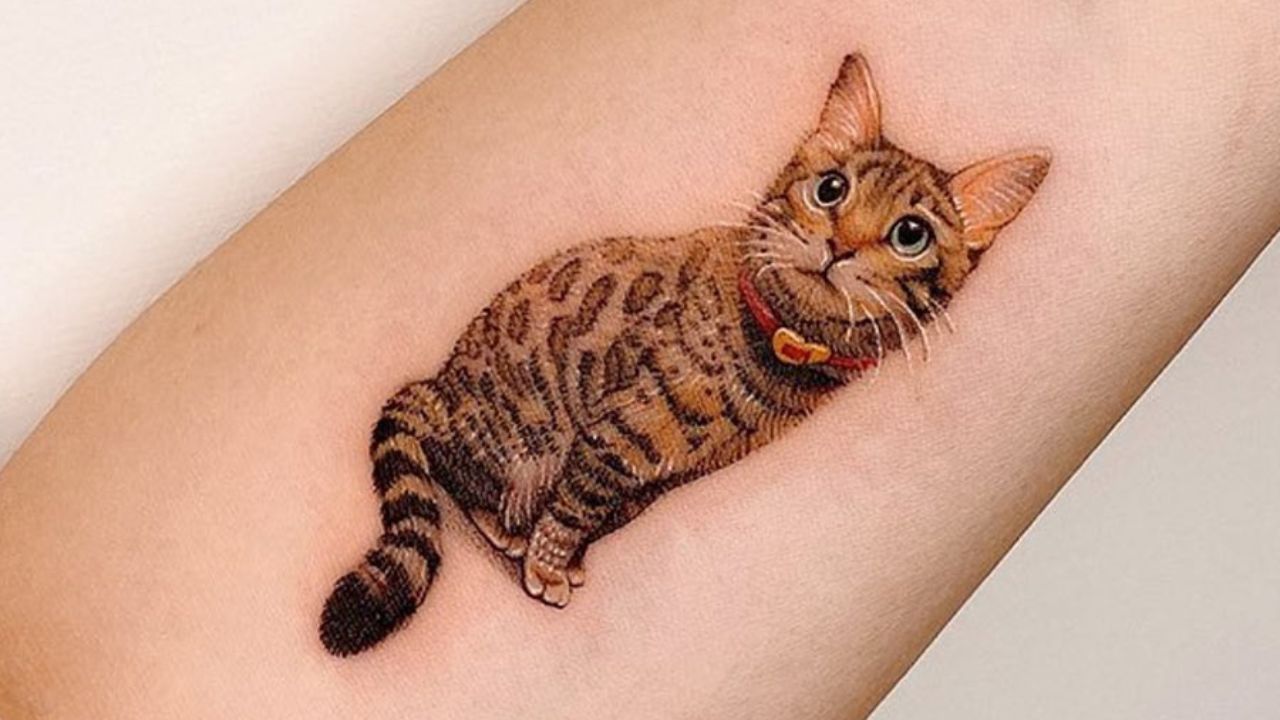Tattoos are more widespread than ever. According to various polls conducted about tattoos, about 3 in 10 (or 29%) people surveyed have one tattoo. But, unfortunately, the U.S. Food and Drug Administration (FDA) is also examining reports of people contracting infections from contaminated tattoo inks, as well as unfavorable reactions to the inks themselves.
Over time, the FDA has accepted hundreds of adverse event reports concerning tattoos.
Consider these critical issues before you make a tattoo, which must be regarded as cosmetics and colors problems.
While you can get severe infections from unhygienic practices and devices that aren’t sterile, ailments can also occur from ink contaminated with bacteria or mold. Using non-sterile water to reduce the pigments (components that add color) is the typical culprit, although not the only one.
Tattoo Inks
There’s no sure-fire method to tell if the ink is protected. An ink can be infected even if the container is sealed or the label says the product is sterilized.

Published research has stated that some inks contain pigments utilized in printer toner or car paint. However, FDA has not authorized any pigments for injection into the skin for cosmetic goals.
FDA investigations reports of adverse reactions or contaminations from consumers and healthcare providers. We may hear about outbreaks from the state officials who oversee tattoo salons.
You might see a blemish—redness or bumps—in the area of your tattoo, and you could produce a fever.
More invasive infections may cause high fever, shivering, chills, and sweats. Treating such conditions might need multiple antibiotics—possibly for months—or even hospitalization or surgery. A rash may also suggest you have an allergic response. And because the inks are durable, the reaction may persist.
Scar tissue may form while you make a tattoo, or you could produce “granulomas,” tiny knots or bumps that may form around material that the body perceives as foreign. In addition, if you manage to get keloids—scars that stretch beyond normal boundaries—you may receive the same kind of reaction to the tattoo.
While magnetic resonance imaging (MRI), some people may have inflammation or burning in the tattoo while magnetic resonance imaging (MRI), although this rarely happens and does not last long. Let your health care professional understand that you have a tattoo before an MRI is required.
Inks and kits sold as “do-it-yourself” to customers have been associated with contaminations and allergic reactions. FDA is also concerned that consumers may not know how to control and avoid all sources of contamination.
Although research is ongoing at FDA and elsewhere, there are still a lot of questions about the long-term effects of the pigments, other ingredients, and possible contaminants in tattoo inks. For example, FDA has got reports of bad reactions to tattoo inks right after tattooing and even years following. You also might grow allergic to other products, like hair dyes, if your tattoo carries p-phenylenediamine (PPD).
Then there’s tattoo elimination. We don’t comprehend the short- or long-term outcomes of how pigments break down after laser treatment. However, we do see some tattoo removal procedures may cause permanent scarring.

If I get a tattoo and develop an infection or other reaction, first, contact your health care professional.
Second, notify the tattoo artist so they can identify the ink and avoid using it again. Ask for the brand, color, and any lot or batch number of the ink. You may find diluent to help determine the source of the problem and how to treat it.
Third, whether you’re a consumer, tattoo artist, or health care professional, tell FDA. Give as much detail as feasible about the ink and your reaction and result. Reports from consumers are one of our most important references for safety information.




